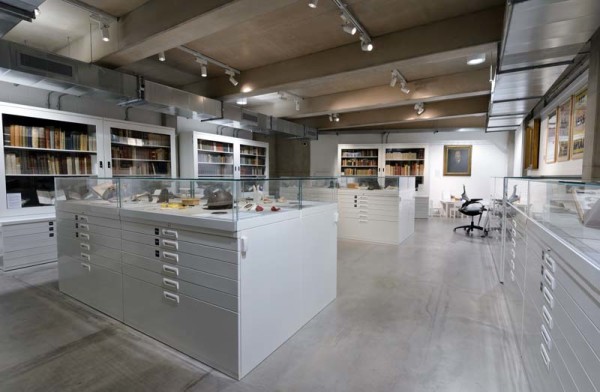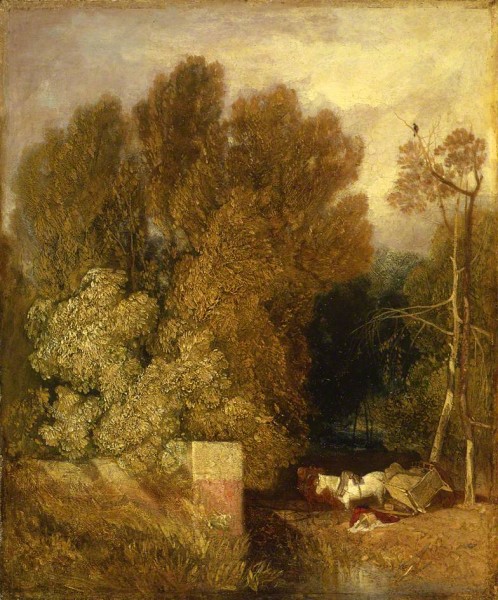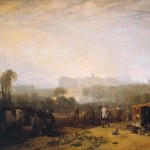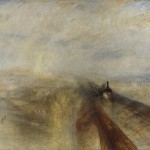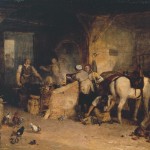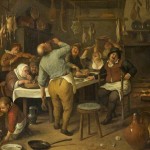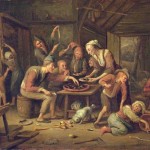Return, and discovery of the PAPER STORE.
Apologies to my readers for my lengthy absence. No – I have not died or otherwise expired!
The past year and a half have been somewhat fraught as I started the long process of leaving my parish duties and my regular teaching at the Ashmolean Museum. For a year Mary and I moved to London to take on full-time Nanny/Grandparents duties. That period has now ended and we have moved to Cheltenham – somewhere I know quite well having been Director of the Art Gallery and Museum for several years and occasionally returning to do some cataloging and curating of small exhibitions. I can now concentrate again on my art history research and teaching, re- connecting with the Art Gallery and Museum.
For me our London year enabled me to work on my ‘Addison Archive’ now housed at the National Gallery. As I have mentioned from time to time in previous blogs that research is concerned with nineteenth century picture collecting in Bristol and Gloucestershire and cataloging and exploring the Northwick collection. Whilst continuing that research, and hopefully writing up my findings, I can now return to my curatorial/educational roots here at the Art Gallery and Museum (now renamed ‘The Wilson’). My blogs will largely be concerned with introducing the important collections of Works on Paper held by Cheltenham – straying from time to time into other aspects of the collections as well as the occasional foray into Cheltenham’s Lord Northwick and provincial picture collecting.
My first new forays into the Art Gallery and Museum led me to an exciting discovery – the apparently oddly named ‘Paper Store’. I must confess when I saw the name I thought it was probably a commercial venture selling upmarket wrapping paper and the like – but curiosity led me through the labyrinth to discover something remarkable and exciting. Being of ancient vintage it reminded me of ‘Print Rooms’ in galleries and museums in places like Leeds, Birmingham, Bradford, and the British Museum. Here I found the pleasure of those places brought excitingly up to date here at Cheltenham. Dedicated to bringing out on display, on a regular and changing basis, exhibitions in superbe modern display cases complemented by cross-discipline artefacts and supported by drawers of related material. I was able to explore the role of the theatre in Cheltenham, various aspects of Cheltenham’s social history, and exciting glimpses of some of the important and extensive collections of works on paper and ephemera. My heart leapt with excitement and enthusiasm. This is a gallery not to be missed and to be visited regularly – a jewel in the rich crown of Cheltenham’s Art Gallery and Museum.

